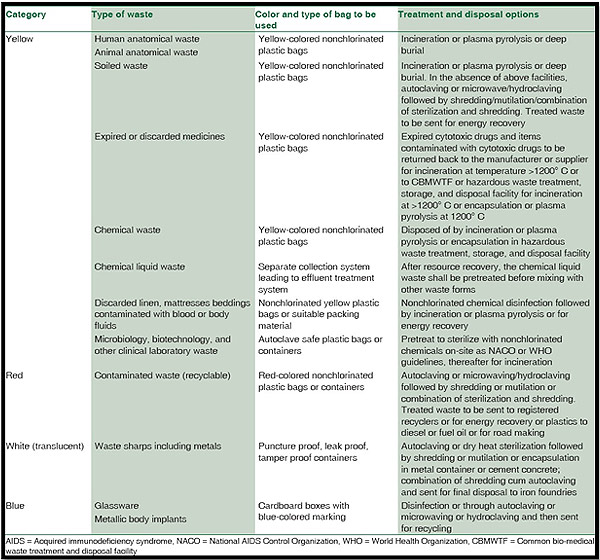10 Easy Facts About Reclaim Waste Explained
10 Easy Facts About Reclaim Waste Explained
Blog Article
Fascination About Reclaim Waste
Table of Contents3 Easy Facts About Reclaim Waste ExplainedThe 20-Second Trick For Reclaim WasteThe Only Guide for Reclaim WasteFacts About Reclaim Waste RevealedUnknown Facts About Reclaim Waste
Discover the types, occurrences, and types of fluid waste. Domestic sewage waste describes the waste and items from a domestic septic tank. This kind of waste is produced by human beings in residences, colleges, and other structures. This only consists of septic systems that have a drainpipe field. The appropriate administration and disposal of domestic sewer waste call for liquid waste to be transferred to a sewer therapy plant where the proper techniques and devices are put on detoxify and deal with waste.
Industrial waste typically consists of prospective hazards, such as combustible materials or a mix of fluid and solid waste products, and requires an advanced and detailed disposal procedure. The disposal of industrial waste normally entails the filtration of waste prior to transport to guarantee secure and appropriate disposal. Hazardous waste is created from byproducts and runoff of industrial processes and production.
This type of waste can not utilize the very same sewer management transport or processes as septic or business fluids. The industrial waste administration procedure needs the examination and testing of liquid waste prior to it goes through the disposal process (liquid waste disposal). Drainage waste is the fluid waste that comes from drainage and excess stormwater in extremely booming areas or cities
Runoff waste can cause contamination and flooding if not managed appropriately. Find out extra regarding drain cleaning and waste administration. Making certain correct waste monitoring can avoid disasters and decrease ecological damage. Both people in domestic setups and professionals in business or manufacturing industries can take advantage of recognizing the processes and guidelines of fluid waste monitoring.
Top Guidelines Of Reclaim Waste
Get in touch with PROS Providers today to discover concerning our waste monitoring and disposal solutions and the correct methods to look after the liquid waste you create.
(https://blogfreely.net/reclaimwaste1/yc311a58b1)Do you recognize what happens to your water when you end, flush the toilet or drain pipes the washing equipment? No? Well, it's worth recognizing. This supposed 'wastewater' is not just an essential resource yet, after treatment, will certainly be released to our land, rivers or the ocean. Used water from commodes, showers, baths, kitchen sinks, washings and industrial procedures is referred to as wastewater.

water utilized to cool down equipment or clean plant and tools). Stormwater, a type of wastewater, is drainage that flows from agricultural and city areas such as roofs, parks, yards, roads, paths and seamless gutters right into stormwater drains, after rainfall. Stormwater streams neglected directly to neighborhood creeks or rivers, eventually reaching the ocean.
The Ultimate Guide To Reclaim Waste
In Queensland, the majority of wastewater is dealt with at sewer therapy plants. Wastewater is transferred from domestic or industrial sites through a system of sewers and pump stations, called sewerage reticulation, to a sewage therapy plant. Local federal governments build, maintain and operate most sewer therapy plants. Operators are certified under the Environmental Management Act 1994 to release special info cured wastewater at an acceptable environmental standard right into rivers.
The Department of Natural Resources advises local governments regarding managing, operating and maintaining sewage systems and treatment plants. In unsewered areas, city governments may require householders to mount private or home sewage therapy systems to treat domestic wastewater from bathrooms, cooking areas, washrooms and laundries. The Department of Natural Resources authorizes the usage of home systems when they are proven to be reliable.
In some new subdivisions, treatment of some stormwater to remove trash, sand and crushed rock has started using gross toxin traps. Wastewater treatment takes place in four phases: Removes solid issue.
Wastewater then streams into big tanks where solids clear up and are eliminated as sludge. Grease and residue are skimmed from the surface. Uses small living organisms referred to as micro-organisms to damage down and remove continuing to be liquified wastes and fine fragments. Micro-organisms and wastes are incorporated in the sludge. Eliminates nitrogen and phosphorus nutrients that might create algal blooms in our waterways and endanger marine life.
10 Easy Facts About Reclaim Waste Shown
Nutrient removal is not offered in any way sewer therapy plants because it requires expensive specialised devices. It is ending up being extra usual in Queensland. Clear fluid effluent created after treatment may still contain disease-causing micro-organisms. If this effluent is released right into rivers such as rivers or the sea, the micro-organisms will at some point pass away out.

Most wastewater streams into the sewerage system. Under the Act, local governments administer authorizations and permits for eco appropriate activities (Periods) including wastewater launches that could have a local effect.
The Of Reclaim Waste
Or else, samples are taken for research laboratory evaluation. Typically lots of examinations are needed to establish the levels of each of the different toxins such as oils, hefty steels and chemicals in water. Tracking provides valid details regarding water top quality and can verify that permit conditions are being fulfilled. The details gotten with tracking offers the basis for making water top quality decisions.
Report this page